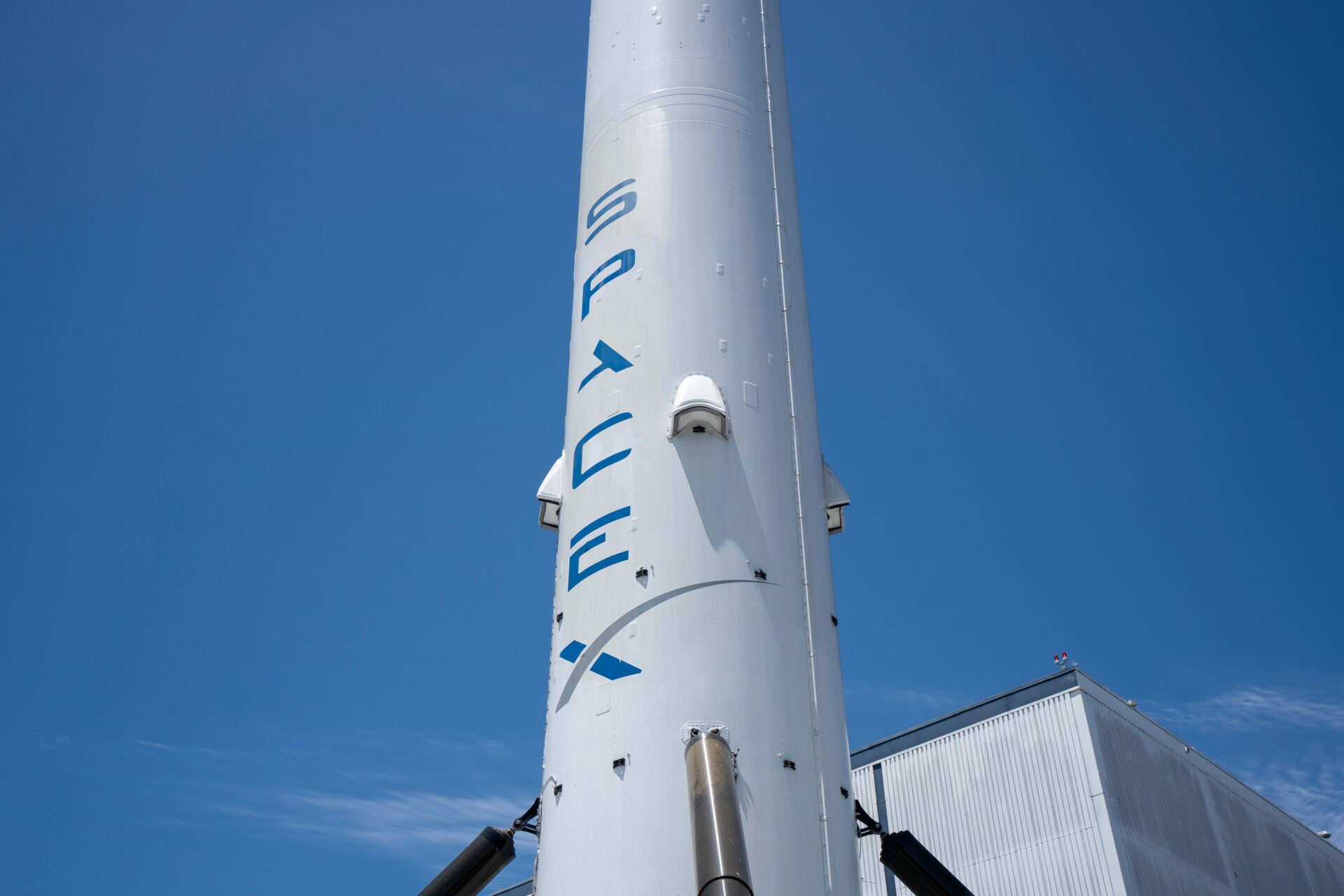
Did SpaceX Just BREAK the Internet Monopoly?
SpaceX has successfully sent 24 state-of-the-art Starlink satellites into polar orbit, bringing Silicon Valley closer to connecting even the most isolated areas of the world. This launch is set to disrupt the telecom industry, which has historically enjoyed a close relationship with government regulators and operated within a landscape dominated by monopolies.
At a Glance
- SpaceX launched 24 Starlink satellites into polar orbit on July 26, 2025, from Vandenberg Space Force Base, California.
- The new V2-mini satellites are designed to provide high-speed internet access to polar and remote regions where no cable or fiber will ever reach.
- This move directly targets the digital divide, setting SpaceX up to challenge old-guard telecom and satellite companies that have failed to deliver modern service to Americans in hard-to-reach places.
- The Starlink network now boasts over 8,000 satellites, with this mission marking a milestone for reusable rocket technology and American innovation.
SpaceX Expands Reach Where Big Telecom Fell Flat
For decades, Americans living in rural, remote, or polar areas have been told high-speed internet “just isn’t feasible,” all while billions in government subsidies flowed to entrenched telecom giants whose best answer was slow, unreliable, overpriced satellite or nothing at all. On July 26, 2025, SpaceX’s Falcon 9 rocket broke that tired narrative, blasting 24 Starlink satellites into Sun-synchronous polar orbit from California’s Vandenberg Space Force Base. This launch—dubbed Starlink 17-2—wasn’t just about another big tech headline. It put the old telecom playbook on notice and shined a light on what American know-how can do when government red tape and monopolistic protectionism get out of the way.
Unlike the usual, sluggish geostationary satellites that have failed rural Americans for years, these new V2-mini Starlink satellites are packed with advanced phased-array antennas and efficient argon Hall-effect thrusters. They’re built for real-world performance—low latency, strong signals, and the ability to reach far-flung users where stringing cable is a bureaucratic joke. The booster that carried them up, B1075, stuck its 19th landing on the droneship “Of Course I Still Love You”—that’s American engineering working, not just talking. For folks in Alaska, polar Canada, and research bases up north, this is more than a tech story. It’s the first real shot at reliable, modern internet service—finally closing the digital divide the D.C. swamp kept promising to fix but never did.
Watch: SpaceX Launches 24 Starlink Satellites Into Polar Orbit 🚀🌌
How the Launch Redefines the Global Playing Field
Starlink’s polar expansion throws a wrench into the cozy, over-regulated telecom club that’s spent decades lobbying Congress and state governments for subsidies while offering little in the way of true innovation. SpaceX now operates over 8,000 satellites, with the polar group specifically designed for Sun-synchronous orbits—meaning consistent coverage for the high-latitude regions that old-school providers like Viasat and Hughes have ignored or underserved. Industry experts aren’t mincing words: this is a calculated strike against the outdated assumptions of terrestrial telecom, and it’s already forcing competitors to rethink their strategies or risk being left in the dark ages.
The old argument that remote areas must settle for scraps is dead. Starlink’s polar launch means research stations, commercial operators, and everyday citizens in places like northern Alaska and Greenland may finally join the digital world without the government acting as middleman or gatekeeper.
Sun-synchronous polar orbits allow these satellites to see every point on Earth at consistent local times—vital for both civil and strategic needs. By leveraging reusable rockets and rapid deployment, SpaceX has broken the cycle of bureaucratic inertia and endless studies that cost taxpayers billions but delivered little. The company’s push into polar regions isn’t charity; it’s a profit-driven, market-based solution that stands to disrupt the entrenched, subsidy-dependent telecom sector—forcing innovation or extinction. And let’s not kid ourselves: if the federal government had gotten out of the way and let market forces drive broadband expansion years ago, we’d already have this level of access for all Americans.
Implications for America’s Future and Global Competition
The immediate effects are evident: for the first time, remote communities and critical users in the polar regions are gaining access to fast and dependable internet. This development paves the way for advancements in commerce, telemedicine, education, and emergency services—opportunities that seemed unattainable under previous conditions. This breakthrough represents the digital infrastructure renaissance that Congress has long promised but has failed to deliver, despite extensive funding and bureaucratic obstacles. SpaceX’s achievements are exerting pressure on traditional service providers to evolve or withdraw, emphasizing the importance of entrepreneurial innovation and private investment—rather than government interference—in driving genuine progress.
Long-term, the launch positions SpaceX as the dominant force in global broadband, setting the stage for new partnerships, service models, and likely a fresh round of regulatory hand-wringing from those who prefer protectionism over competition. There are valid concerns about space congestion and spectrum management, and serious minds will need to address those. But make no mistake: for the first time in years, Americans in the most neglected regions have a fighting chance at joining the digital economy—without begging bureaucrats or padding the pockets of telecom lobbyists. This is what American leadership looks like when government steps aside and lets innovators lead.


